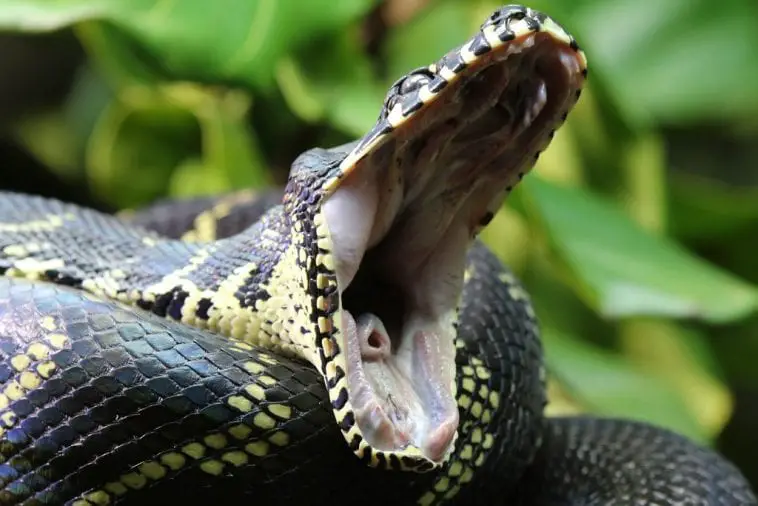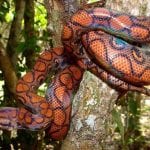Scientific Facts
| Scientific Name | Morelia Boeleni |
| Common Name | Boelen’s Python |
| Habitat | Rocks, cliffs or forest floor |
| Life span | Up to 20 years |
| Diet | Guinea pigs, birds, small rabbits, and large rats. |
| Size and weight | Size: 13-14 feet Weight: 3.5-4 ounces |
| Color | Purples and blues with undersides of yellow |
Physical Description
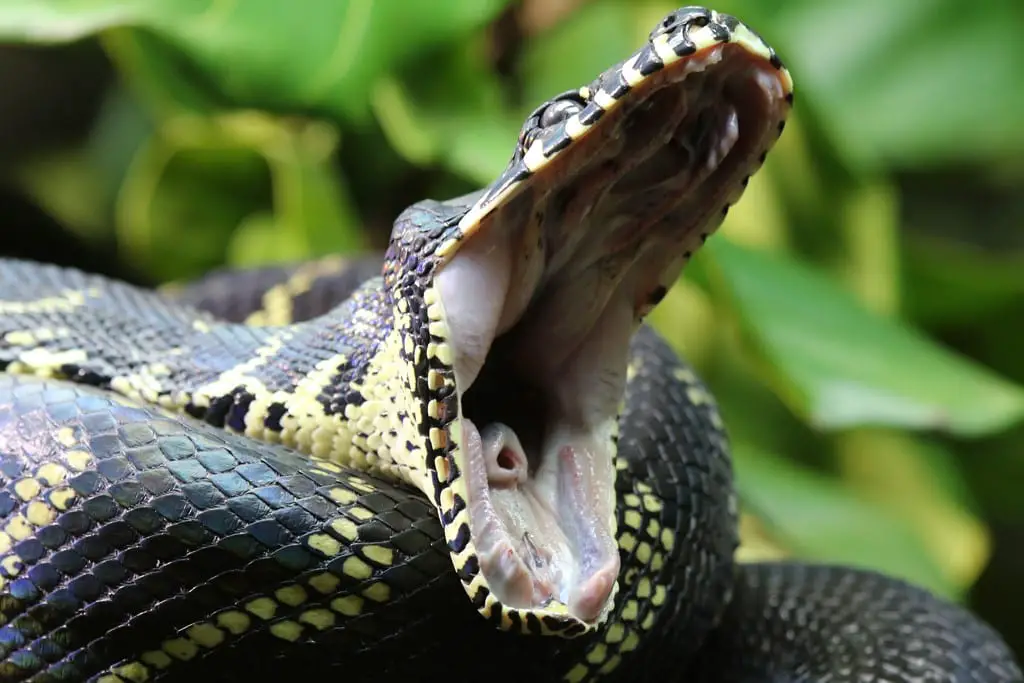
Boelen’s Python is known for its amazing colorful body structure. There are some notions that a colorful snake is venomous, but this species is a non-venomous python. At first sight, this snake exhibits the colors black and white, but if it is under the sun, if you look closely, it has an oily texture with hues of purples and blues with undersides of yellow. During its younger years, it has red wash colorations, but as it grows older and as the skin stretches out, it eventually disappears and turns into black undertones.
Experts would describe the snake’s skin as adorable and unique. Aside from its breathtaking colorations, you would also know that it is a Boelen’s Python from its features in the face, which are two stripes in the face and its large eyes. It has a lip that is labial scales that is usually pale or whitish.
Where it is Seen?

Boelen’s Pythons habitat is seen in Papua New Guinea where there are about 100 snake species and in Indonesia. It is usually seen at about 5700 feet (1750 m) above sea-level. There are a lot of efforts from different sectors to relocate their species or to distribute it, but it is always unsuccessful, maybe because the ideal conditions are not met. This species prefers an environment that has low light levels and high humidity like that of the mid forest.
Habitat
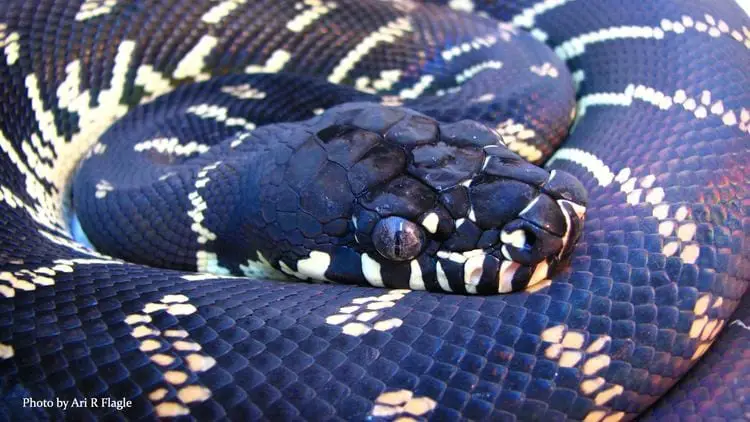
These snakes are particular when it comes to the elevations at roughly about 6,500 to 8,500 feet. They are usually seen in the rocks or along the cliffs because of their favorite activity, which is basking. Although you can see them spend most of their time on the forest floor, you will also see them climbing the trees to get food or to bask. After the cold season, some of their species go to lower elevations, usually in the sea or fresh bodies of water, to feed on small items.
Behavior and Temperament
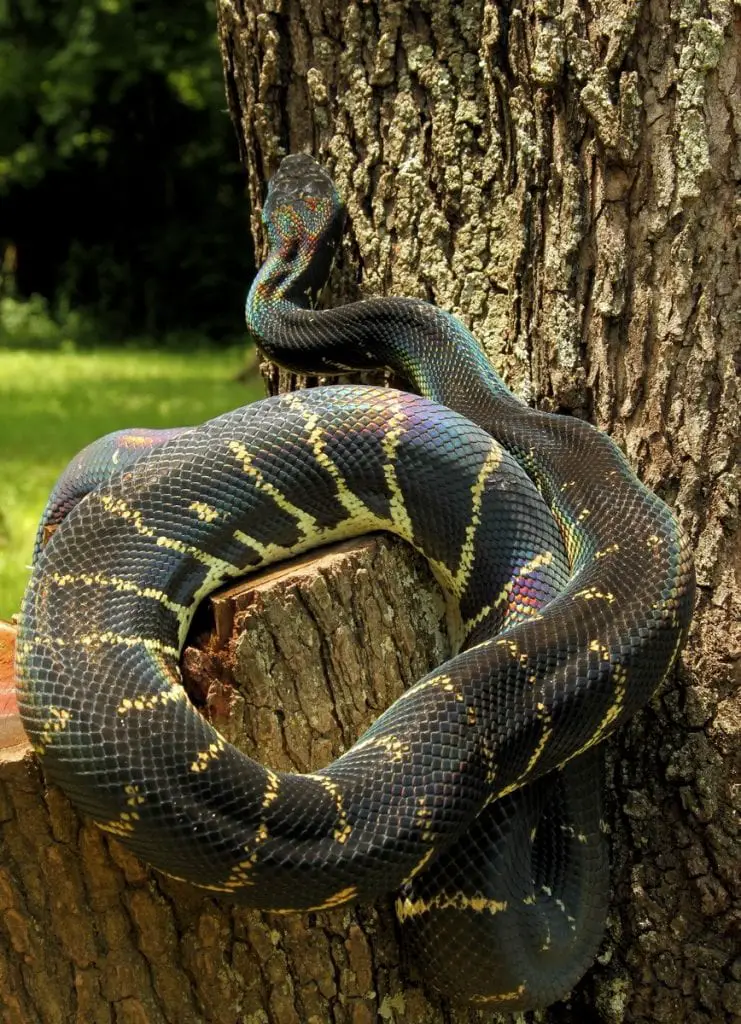
If you based it on the physical characteristics of this snake, you would conclude that it is an aggressive snake, but it is actually a gentle giant, but when threatened, it will still show aggressive behavior such as hissing loudly and biting. Hiding in different burrows are their greatest defensive mechanism to avoid harmful situations. They would usually go out when the sun is not too high because they do not like bright areas.
Diet
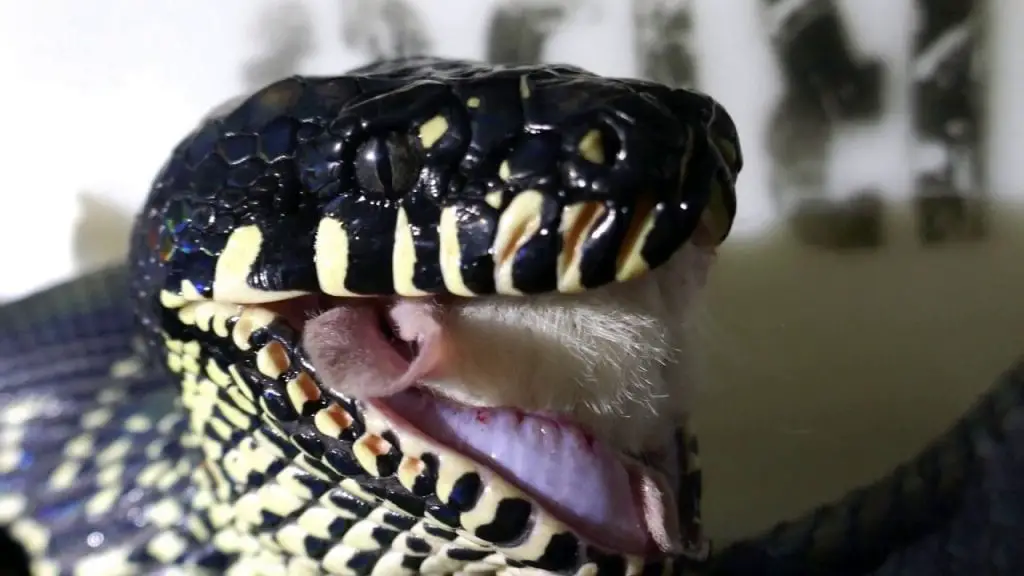
Boelen Python is not a picky eater; they would usually all kinds of animals that are always available on their habitat as long as they have the capability of outdoing their prey. Most of their diet includes guinea pigs, birds, small rabbits, and large rats.
Size and Weight
In the eastern New Guinea, which is their natural habitat, they would reach 13-14 feet in size, but their average length if staying outside New Guinea is only about 8 feet, including the tail with a weight of 3.5 to 4 ounces.
Life Span
They can live up to 20 years in the wild or in captivity, but they are also a delicate species that is why only a few breeders can attain or even surpass half of its expected lifespan. There is a higher chance of extending its lifespan in captivity because almost all environmental factors are controlled.
Breeding and Reproduction
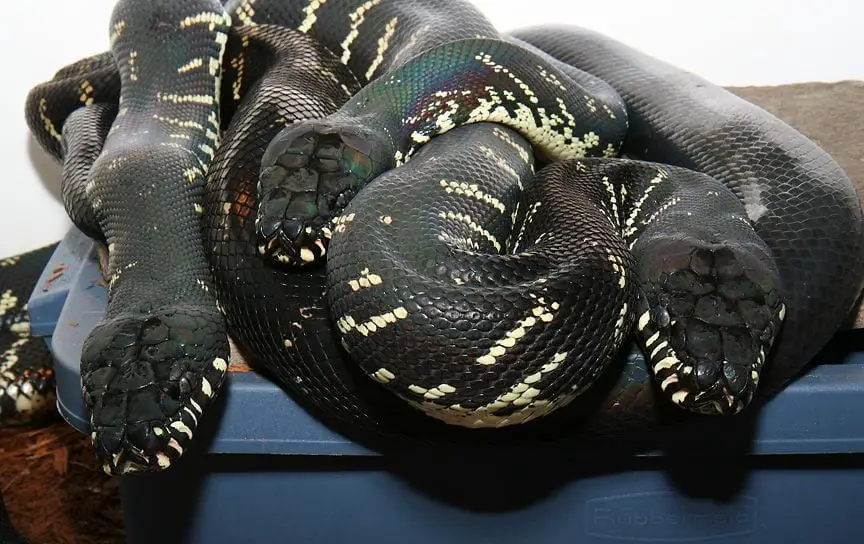
Unlike other snake species that you can easily determine their breeding and reproduction cycle, Boelen’s Python has a mysterious way of having a successful multiplication of their species. It would take about 4-5 years for a female to mature reproductively. When the females clutch egg, the number of eggs will range from 12-14 with a length of 2 to 2.7 inches and a weight of 3.5-4 ounces.
After 60-70 days, it can now hatch successfully provided that it has been incubated in around 87-89 degrees with a high humidity level. The hatchlings already eat heavy meals; that is why they can weigh around 30 grams after 1-2 weeks. Like other snakes, females would abandon the eggs after laying it.
Shedding
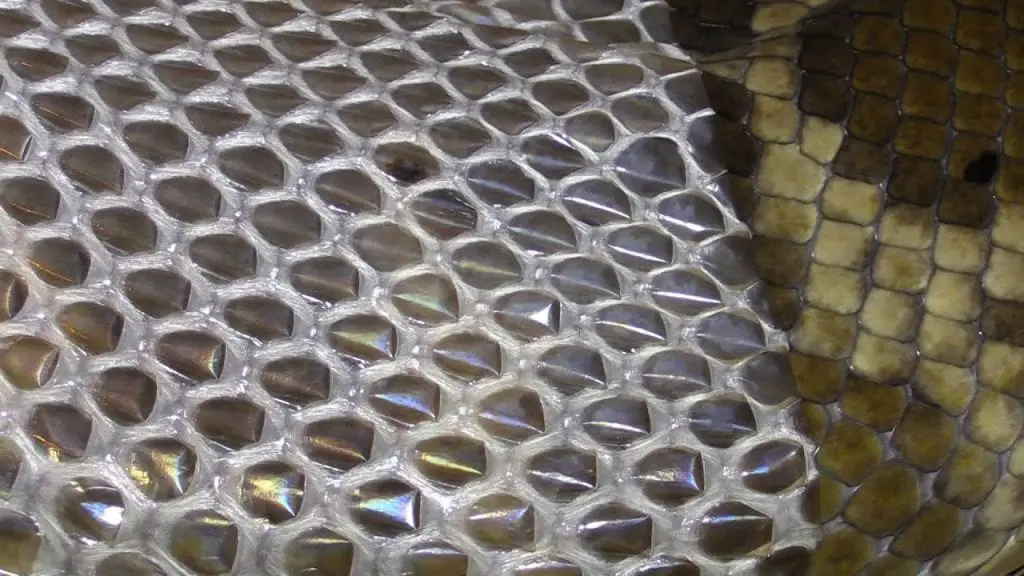
The shedding process of the snakes is one of the most important life processes that they undergo. It is not something to worry about even though you tend to see unusual physical changes that might happen to them, such as a change in their eyes colors and changes on their skin. These physical changes actually allow preparing the body of the snake to the shedding process that will happen after 2-3 days.
During the shedding process, you should observe how your snake removes its old skin; if it is being removed through patches, it means that there is something wrong with the humidity and temperature inside their cage so to better assist them, you may spray the inside of their cage or their body with water. The reason why your snake is having a hard time shedding its skin is because of dehydration. You need to always ensure that enough water supply for the snake to drink is advisable so that when the shedding process starts, the snake will healthy shed its snake.
Common Illness and Diseases
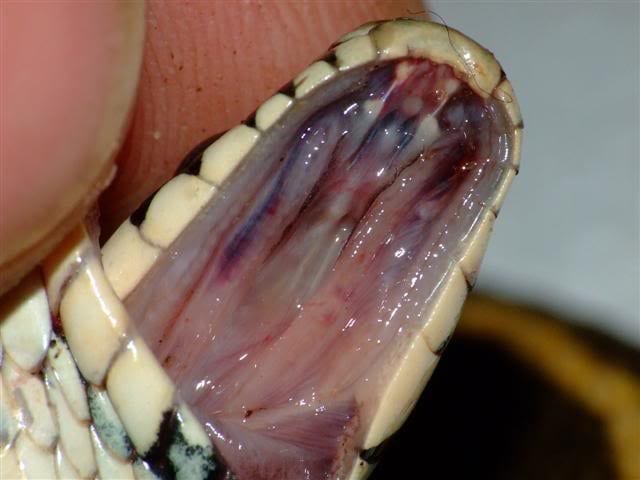
Pneumonia and respiratory issues
The humidity and temperature level are the causes of pneumonia and respiratory illnesses. Bolen Python thrives in a humid and average temperature when you expose this snake in a hot or too cold temperature; that is the time that the snake’s immunity is affected, making them prone to different kinds of illnesses, specifically respiratory illnesses.
Your snake will have a nasal discharge when they have a respiratory illness that will be a barrier for them to breathe in easily. Mouth gaping, excessive salivations, mouth discolorations, and excessive mucus discharge are just some of the possible signs that your snake is suffering from a respiratory illness
When not attended to as soon as possible, it may lead to death. As soon as you see that the snake has nasal discharge, take it to your veterinarian so that they could give first aid or antibiotics. Experts suggest that before taking it into captivity, you already have knowledge about these kinds of diseases.
Parasites Infestations
Like any other animal, this snake is easy gets infected with parasites infestations, especially if they are staying in an unsanitized environment. Another way by which your snake gets infested with different kinds of parasites is when you frequently handle them with dirty hands. If these parasites are not avoided, it may lead to some skin diseases that may be dangerous to their health.
To avoid this kind of inconvenience, make sure to always clean and sanitized the tank of your snake as well as the accessories in it. Also, avoid taking them out from their tank, especially in dirty places that will make their skin dirty. When you notice that there are already parasites in your snake’s tank, it is an indication that you need to attend to the cleanliness of the environment.
Blister Disease
An unsanitary environment for your snake may lead to different kinds of skin diseases, one of which is the blistering disease. When your snake is infested with this disease, it will not only cause pain, but it will be a cause of irritation that may be a triggering factor for their aggressiveness. It may be a mild disease, but when not taken cared of, it may cause septicemia, which is fatal.
Your snake both prefer wet and dry conditions, but there should be a balance. They should only be exposed to wet conditions when they need to moisturize themselves to stay hydrated, but too much exposure causes this disease. You need to apply ointments to the affected area so as not to aggravate the skin’s condition. It is also advisable to always maintain a dry environment for them; that is why you need to observe their drinking and soaking activity to check the water spillage.
Anorexia
This is quite difficult to observe if you do not have an idea about anorexia to snakes. When you see them vomiting and re-swallowing their food, you’ll perceive that this is just a normal thing for snakes. Another manifestation that your snake is anorexic if it doesn’t have an appetite for food. Loss of appetite for snakes is just a normal thing if the weather is too hot or too cold or its shedding season.
You would know that your snake is most probably facing anorexia issues if your snake also looks weak. A remedy so that your snake will not have a hard time swallowing those that are feathery food is to remove the feathers and serve it clean. The veterinarian has the ability to detect whether or not your snake is suffering from it, that is why when you see these signs, better consult your veterinarian for a possible cure.
Egg binding
This is quite a severe disease; a snake suffers because of the inability to give birth smoothly. The eggs tend to be trapped in the organ of the snake, especially if the eggs are large. If it can be detected earlier that there are still eggs that are trapped, surgery may be needed to avoid complications. Since it is not really observable if there are still eggs inside, it is important to always ask your veterinarian to check the snake’s condition after giving birth.
This is a severe condition because it is fatal. When the eggs aren’t be released, it will be spoiled inside, leading to some complications. Days after the actual giving birth process, the snake may be aggressive because of the irritability it experiences. This disease can’t be avoided, but you can be attentive to avoid aggravating the situation and to help save the snake’s life span.
Preventing Illness
You can’t dictate the health of your pet, but you can always be keenly observant and attentive to their needs. Sometimes, these are just some of the qualities that you need for you to save the life of your snake because the common diseases or illnesses of snakes can be treated when attended to immediately.
It is important to know how to determine the severity of the snake’s skin condition to know what to consult your veterinarian as soon as possible, but experts would say that for you to be able to extend the lifespan of your snake, treat all cases urgent so as not to prolong the agony of the snake.
Availability- Where to Get One?
This is one of the snake species that are not commonly available in pet trades, making it a bit difficult to take into captivity, but it is usually available from snake collectors. There are online shops that sell this kind of species at a higher rate. Consider yourself lucky if you have one. You may need to have good researching skills for you to find a Boelen’s Python in good condition at a good price.
Captive Breeding
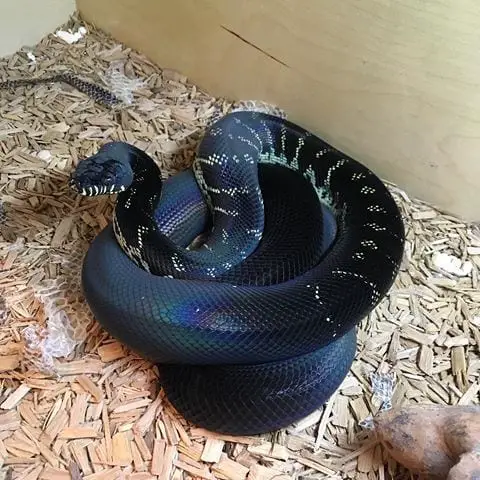
Experts wouldn’t recommend this snake species as a pet because it is quite hard to maintain in captivity. It does not only require high levels of attention, but you need to ensure that all factors are always at the optimum level. Snake collectors consider this as a rare collection. Hunter needs to have a good strategy for them to take this into the wild.
Private sectors would try to breed this into captivity, but most of them have a hard time doing so because of the unclear breeding and reproduction culture of these snakes. You are considered lucky if you can successfully take it into captivity and extend its life span. Newbies are not advised to start with this kind of species because of the difficulty in handling it and because it has a quite high maintenance way of living. You must ensure to provide its needs accordingly because it can easily be susceptible to different kinds of diseases and illnesses.
How to Care Reptile as a Pet?
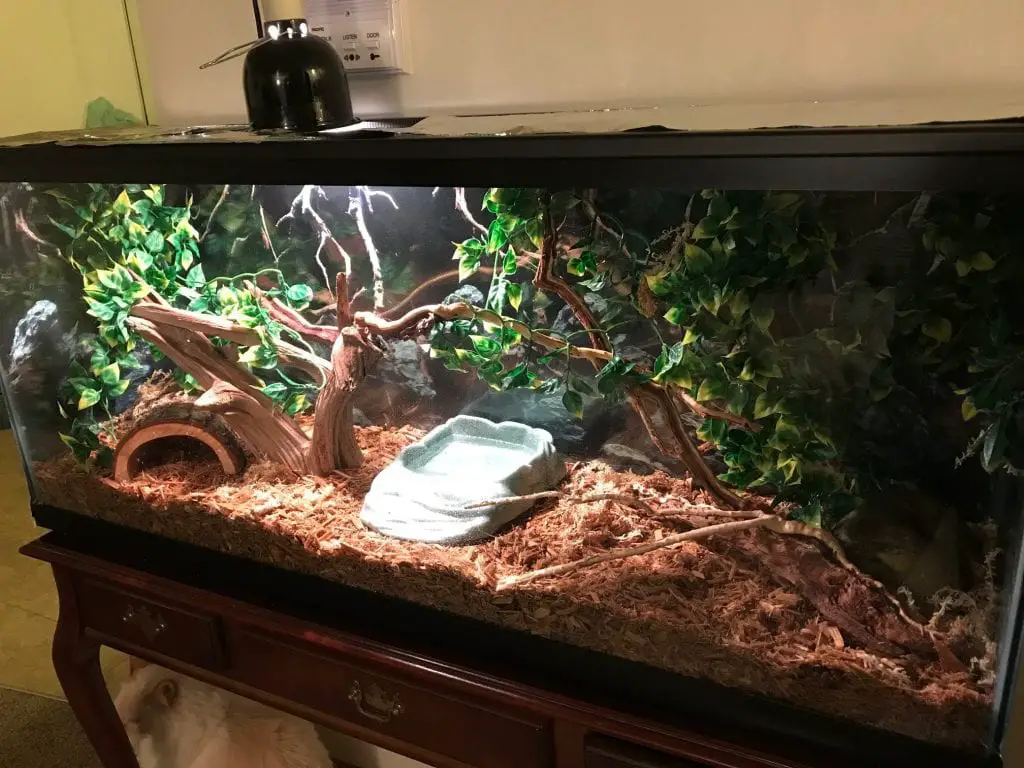
Housing
These snakes are alert, especially if they are in a new environment, but later on, they’ll become shy. If you prefer housing two snakes, you can use 30 gallon capacity with 6-foot-long by 3-foot-wide by 2-foot-tall tank so that you will no longer need to transfer them in a larger enclosure as the grow. Just make sure that they can move freely and do their activities without restrictions.
The best way to increase their lifespan is to make their surroundings simple to lessen their stress levels. They love to climb, burrow, and hide that is why their tank should be equipped with a box where they can hide, enough substrate where they can burrow and branches or logs where they can climb. There should be at least 3 areas, dry, warm and damp or wet.
For their wet area, there should be two separate tubs where they can soak if you are planning to take good care of two snakes in one tank. To keep them hydrated, always supply them with fresh water. It is important not to take away the activities that they are used to, such as hiding and climbing so logs or branches, as well as hide boxes, should be available.
Light and temperature
These snakes have an unusual comfortability in the cold temperature of about 70-80 degrees Fahrenheit with a humidity level of about 80%. Basking is still an important part of their daily living; that is why in captivity, they need to have at least 85 degrees Fahrenheit where they can bask. You make use of a usual incandescent bulb with at least 60 wattages to provide heat, especially in the basking area.
If you have the budget, you can make use of a full-spectrum ultraviolet light so that you can easily maintain 12 hours of light and 12 hours of darkness. The distance between the lights and the snake’s body is important to avoid hurting or burning their skin.
Food
There is no specific diet for them as long as they can easily kill their prey in captivity, it is already a practice to give them pre-killed or frozen prey to avoid harming your pet when live prey is thrown in their housing. In the wild, they were usually given guinea pigs bit since it is impossible to give them live ones, these food animals are butchered first.
Since they have a fast metabolism, you may feed them every 10 days. They can be fed in large amounts when they are still young so that they can grow quickly, but when they reach adolescent, the timing and amount of food should be observed to lower the risk of obesity and overweight. Be cautious in feeding them because even if they are already full, they would still accept the food that you will give them, making them prone to obesity.
Water
Clean fresh waterer should be given always. When your pet defecates, it can’t be avoided that there will be no particles that will be placed in the water. These types of snakes will sense if their water is clean or not, they will not drink if the water in their bowl is stale. So to ensure proper hydration, make sure that you always drink fresh water.
Sound and Vibration
Sounds and vibrations that they feel may become a stressor to your pet. Some vibrations that may cause them stress are closing of the doors, recreational equipment sounds, and knocking on their housing’s glass. It is important to place them in a room or in a place in your house where these factors can be avoided so as not to bring out the aggressive behavior in them. Stress that is caused by sounds and vibrations attracts a negative impact on their health.
Substrate and Accessories
The excellent substrate for their tank is aspen chips, bark shards, cypress or fir together with fine sand. They also need to have trunks or logs where they can climb to bask. You also need to properly place the basin or bowl where you can place their water for soaking or drinking. It is advisable to at least provide these snakes with an environment that is just like their natural habitat. You can place some newspapers on their tank so that you can easily collect their fecal.
Cleanliness
These snakes release watery waste frequently; that is why you need to constantly clean their tank to avoid the smell and build-up of bacteria. Make sure that the water will not overflow because if it overflows, the substrate will be damp, and their skin will soak making it prone to skin diseases and fungal infections. The cleanliness of their tank influences how they will healthily. When their tank is unsanitized, there is a possibility that your snake will be prone to different kinds of diseases and illnesses because their immunity is affected.
Handling
These species are shy and timid snakes making it a bit difficult to handle them. When threatened, their first course of action is to always hide. You may need to get used to handling them for you to get comfortable. There were observations that these snakes have unique personalities from being shy to aggressive.
There are different kinds of illnesses that the snake will get from handling them too frequently because of the stress that they can experience, making them irritated. Handling them once in a while is advisable so that you can observe the snake’s body for a possible pest infestation or skin disease.
Conservation Status
In Papua New Guinea, authorities, as well as the locals, have high protection policies to ensure that this snake species will not be included as an endangered one. Because of the natural behavior of Boelen Python to hide, they are not yet listed as endangered in any country but because of some illegal hunting activities of different pet trades and due to mining and illegal logging, there is a high risk that Boelen’s Python will be included as endangered in the next couple of years.
FAQs
Is the Boelen’s Python snake dangerous or venomous?
This snake is non-venomous, but they have a strong bodily structure that can enable them to crush the muscles of their prey even if they haven’t placed it on their mouth.
How do you identify the Boelen Python snake?
This snake can be identified through their rainbow-ish color of blue, purple, yellow and black, and red-orange undertones.
How do they kill their prey?
They are constricting snakes that kill their snake by means of crushing it until it dies before swallowing it. In captivity, it is always advisable not to give them live animals.
Do they get harmed when they eat rattlesnakes or other venomous snakes?
These snakes do not get bitten by other snakes because of their strength, but if, in any case, they get encounter with a rattlesnake, they have a high tolerance and immunity to their venom. They also have a personality that they will not attack other snakes unless they are threatened.
How big is their territory?
Based on different studies conducted, they have a large territory in the wild. Their territory can be as wide as 3,000 acres (1,600 ha), but on average, they have 22 km (13 miles).
Is it normal for a snake to eat another snake?
It is normal for them to eat other snakes that are smaller to them. They also like to feed on snakes or hatchlings when they search for burrow with eggs on it; that is why they are called prophages. The personality of this snake is that they won’t threaten other snakes to be their prey.
How often does this snake shed its skin?
This snake has a fast growth speed. They only experience 2-3 times shedding process per year on the first 4 years of their lives, but as soon as they are over the maturity stage, they will only go through the shedding process at least once a year.
Do Boelen’s Python snakes make good pets?
When you are new to taking a snake into captivity, this snake is not advisable for the first-timer because of the complicated way of caring for it. You also need to take into consideration the budget that you need to have just to feed them.
Can a multiple Boelen Python snake stay in one housing?
You can place two snakes in one tank preferably one male and one female, especially if you are into breeding and reproduction just be sure that it is large enough for them to move and as long as you can supply their daily needs
Is it still allowed to take them into captivity?
These species are not included in the list of threatened species, but taking them into captivity is a bit difficult because of availability. Hunters also have a hard time getting it into wild because they are good in hiding.

